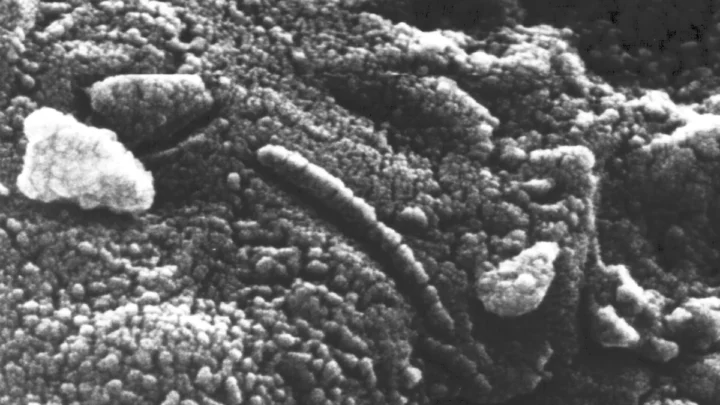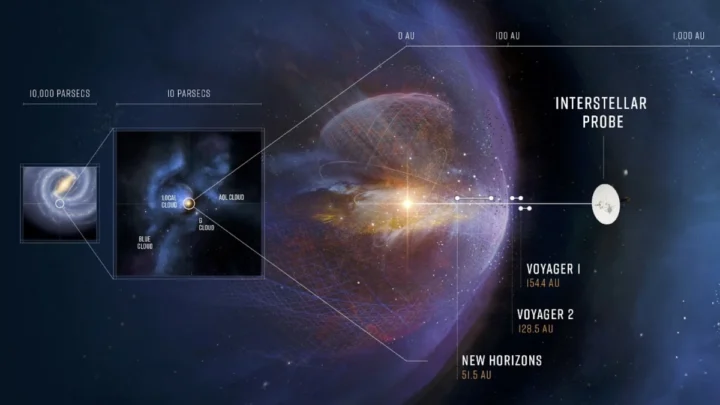The hunt for extraterrestrials goes hand in hand with the hunt for habitable planets. Astronomers are looking for exoplanets with atmospheric chemicals that could be a sign of an advanced civilization. The question is whether it will be possible to detect so-called technosignatures. Possibly not, but…!
So-called alien smoke signals?
Researchers look for chemicals, known as technosignatures, found on Earth and resulting from the burning of fossil fuels. The team of scientists has been exploring Polycyclic Aromatic Hydrocarbons and checking whether it is possible to detect them.
Over the decades, researchers have developed a number of different ways to search for advanced alien civilizations.
From searching for anomalous radio signals or laser pulses in stars to looking for traces of water, techniques have so far not yielded positive results. Initiatives such as SETI (Search for Extraterrestrial Intelligence) used some of the world's most powerful radio telescopes to look for signals. At the same time, the habitable zones of exoplanets have been probed for signs of water, which suggests the existence of life.

The Allen Telescope Array searches for alien technological signals. Credit: Seth Shostak, SETI Institute
A team of researchers led by Dwaipayan Dubey explored the feasibility of using Polycyclic Aromatic Hydrocarbons (HAP) as an alternative way to continue the search.
PAHs made the news when they were detected inside a Martian meteorite. Their discovery received a lot of attention, since hydrocarbons are known to be the byproduct of life and finding them buried in Martian meteorites suggested the existence of some form of life at some point in Mars' history.
The debate still continues, but the team believes that the search for hydrocarbons in planetary atmospheres could reveal advanced civilizations.

In 1996, a team of scientists led by Dr. David McKay of NASA's Johnson Space Center announced possible evidence of life on Mars. The evidence came from their studies of a Martian meteorite found in Antarctica called Alan Hills 84001. The researchers found chemical and physical traces of possible life, including carbonate globules that resemble terrestrial nanobacteria (electron micrograph shown) and polycyclic aromatic hydrocarbons. Credits: NASA Johnson Space Center
There are sources of PAHs (Polycyclic Aromatic Hydrocarbons) in space, such as the interstellar medium, but they are mostly associated with the activities of biological beings.
A team focused their attention on hydrocarbons that have absorption cross-sections available in the atmosphere of Earth-like exoplanets.
An absorption cross section is a measure of the probability that an absorption process, such as particle scattering, will be detected by the Habitable Worlds Observatory, equipped with an 8-meter telescope.
The chemicals chosen are Naphthalene, Anthracene, Phenanthrene and Pyrene.

A future interstellar probe mission aims to travel beyond the heliosphere into the local interstellar medium to understand where our home came from and where it is going. Credit: John Hopkins Applied Physics Laboratory.
Pollution may reveal what we are looking for... but it is not certain!
Based on evidence of concentrations of PAHs (Polycyclic Aromatic Hydrocarbons) on Earth, the team knew that they had decreased somewhat since the Industrial Revolution. Learning from this, they ran simulations at various concentrations, hoping to prove the detection capabilities of an Earth-like civilization. The architecture of telescopes was also explored in the study, and although large mirrors improve resolution and light-gathering ability, the outcome was less positive.
The analysis was based on the ability of a large telescope mirror to resolve details in the spectral signature of the four molecules. However, they found that telescopes with apertures of 6m, 8m or 10m would not have a sufficient signal-to-noise ratio to resolve the necessary details.
The team's final conclusion was that detecting PAH signatures between 0.2 and 0.515 µm using large ground-based telescopes is unfeasible.
This is a great example of work that does not produce a positive result, but a negative result in scientific investigation is also valuable. More laboratory investigations and measurements are now needed to help improve the detectability of molecules and perhaps help us find our first comical neighbor.
Source: pplware.sapo.pt


